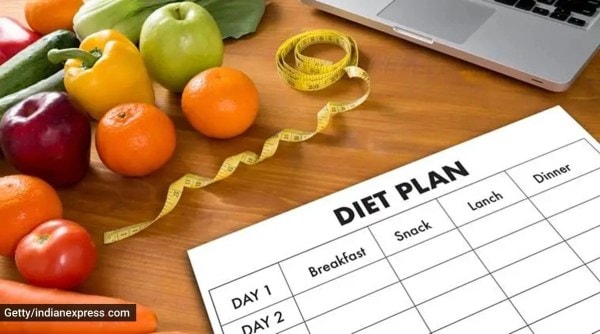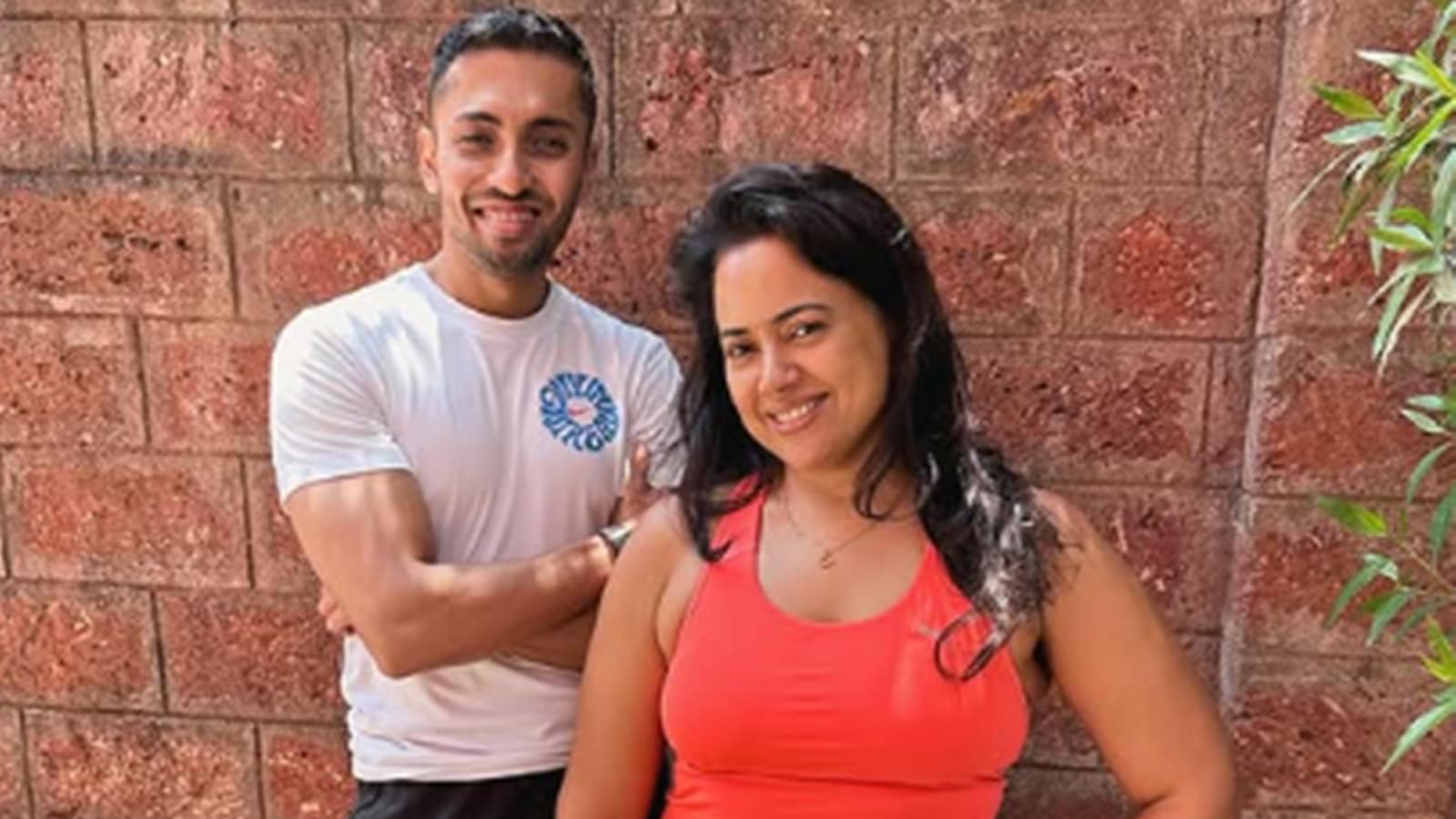When Sameera Reddy, 46, decided to pull the plug on her “unfit” lifestyle, she turned to fitness coach Ashwyn Michael Barreto. “Sameera and I began working together when she realised her previous approaches—like Pilates, yoga, and running—weren’t delivering the results she hoped for. Despite her consistent, rigorous training, she struggled with fat loss and felt frustrated. That’s when she sought professional help instead of continuing on her own,” Barreto, CEO and co-founder of ThatLifestyleCoach (TLC) in Goa, told indianexpress.com.
A mutual connection suggested she work with someone who could take a scientific approach, considering her age, lifestyle, and past challenges. “When we first met, we assessed her training history, dietary methods, lifestyle, and hormonal changes. Then we built a structured programme that worked with her body, not against it,” said Barreto, 28.
Barreto’s own fitness journey began in 2013, when he walked into a gym as a skinny teenager. “That was the start of my understanding of strength, movement, and performance. Over time, I realised fitness isn’t just about aesthetics, it’s about resilience, energy, and confidence.” He founded TLC in 2021 as a personal training brand and expanded it to corporate wellness in 2022.
What does Sameera Reddy’s fitness routine look like?
Story continues below this ad
According to Barreto, “Sameera’s programme is tailored to her energy levels and her history of stiffness and fat retention.”
The first four weeks focused on learning movement patterns, building solid form and technique, improving proprioception (body awareness), joint stability and mobility, and cultivating healthy eating habits.
“Weeks five to eight transitioned into strength and hypertrophy (muscle growth), with progressive overload and a protein-rich diet to support recovery and lean muscle development,” he said.
By the ninth week, visible changes included improved muscle tone, better posture, and noticeable fat loss.
Training breakdown:
Story continues below this ad
Strength training (3x per week) – Focuses on compound movements that engage the whole body and core, including deadlifts, squats, TRX rows, and presses.
Functional interval training (1x per week) – Strength training alone can sometimes make the body feel sluggish. “So, we incorporated one day of high-energy interval training designed to enhance body awareness (proprioception), core stability, and full-body agility across all planes of movement,” said Barreto.
Mobility and flexibility work – Daily as movement prep to improve posture and prevent injuries (primarily on rest days).
Adjustments based on past issues:
Reddy had stiffness in her shoulders and hips and left-right imbalances. “We focused heavily on unilateral stability in the first month to restore symmetry,” said Barreto.
Story continues below this ad
Low-impact cardio focus: High-impact moves, such as jumping and sprinting, were avoided. “Instead, the team included moderate-intensity activities such as agility ladder drills and treadmill jogging to boost endurance without stressing the joints,” he said.
What’s her diet like?
“Like you may have guessed, Sameera follows a high-protein, high-fibre, and balanced nutrition plan to support her training and recovery,” said Barreto.
Key aspects of her diet:
Lean proteins: Chicken, fish, eggs, paneer, tofu, to support muscle recovery and strength.
Complex carbohydrates: Quinoa, brown rice, and sweet potatoes to fuel her workouts.
Healthy fats: Nuts, seeds, and avocado to balance hormones and reduce inflammation.
Antioxidant-rich and anti-inflammatory foods: To manage oxidative stress and elevated cortisol levels.
“We’ve also tailored her plan to include supplements based on her blood work to address specific deficiencies,” said Barreto.
Story continues below this ad
Reddy isn’t following a “fad” diet or extreme restrictions. “Instead, her nutrition is designed to be sustainable, such that it is built around real, whole foods rather than short-term fixes. It is adjusted based on activity levels, hormonal health, and recovery, and flexible such that nothing is entirely off-limits unless it’s ultra-processed and devoid of nutritional value,” said Barreto.
She had previously tried cutting out carbs (such as rice, bread, and maida) and not eating after 7 PM, but the trainer found that these restrictive approaches were counterproductive to her energy levels and overall progress.
What’s working for her?
According to Barreto, the focus is on hormonal stability, joint health, and recovery, with movements that protect and improve joint function.
 Here’s what to note (Photo: Getty Images/Thinkstock)
Here’s what to note (Photo: Getty Images/Thinkstock)
No workouts on an empty stomach: To ensure proper fuelling and sustained energy.
Story continues below this ad
Adequate rest between sets: Allows focus on technique, reducing injury risk.
No “cheat meal” mindset: “We encourage mindful eating, not a reward-restriction cycle. She enjoys all foods in moderation, with portion control, and avoids unnecessary ultra-processed foods.”
Barreto also pointed out that Reddy experiences skin breakouts when her diet slips. “So we’ve worked on identifying and eliminating what doesn’t suit her body,” he said.
Praising Reddy’s mindset and willpower, Barreto said she approaches fitness with an unwavering determination, and once she commits to something, she gives it her all. “She is committed to long-term progress, not quick fixes. She is open to learning and adapting, and takes accountability for her efforts,” he said, adding unlike those seeking shortcuts, Reddy understands the power of consistency and structure, and embraces the process fully.


